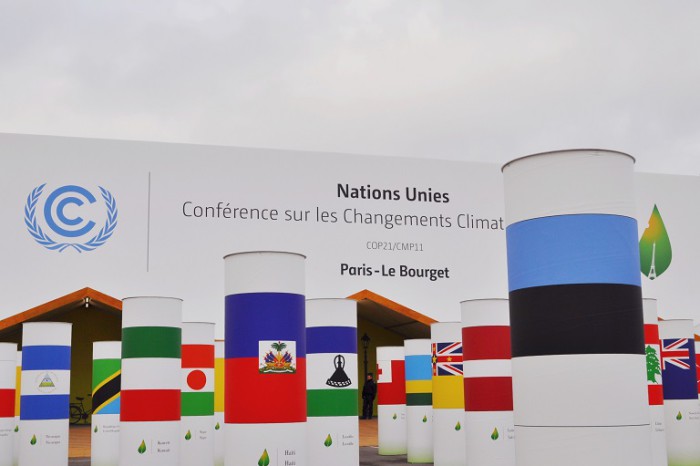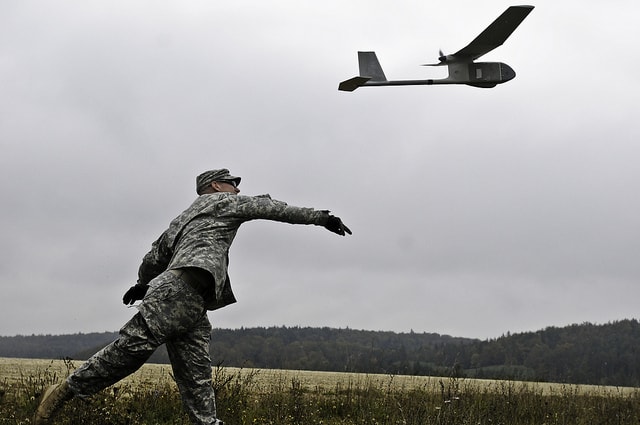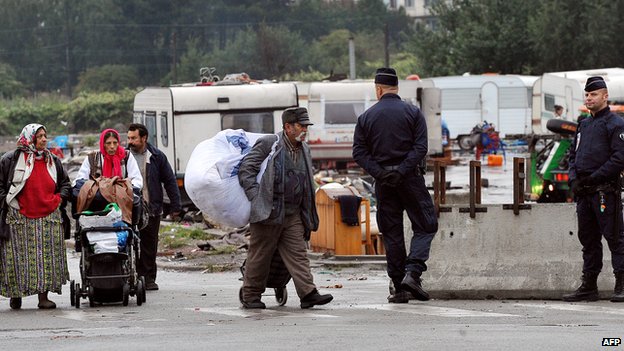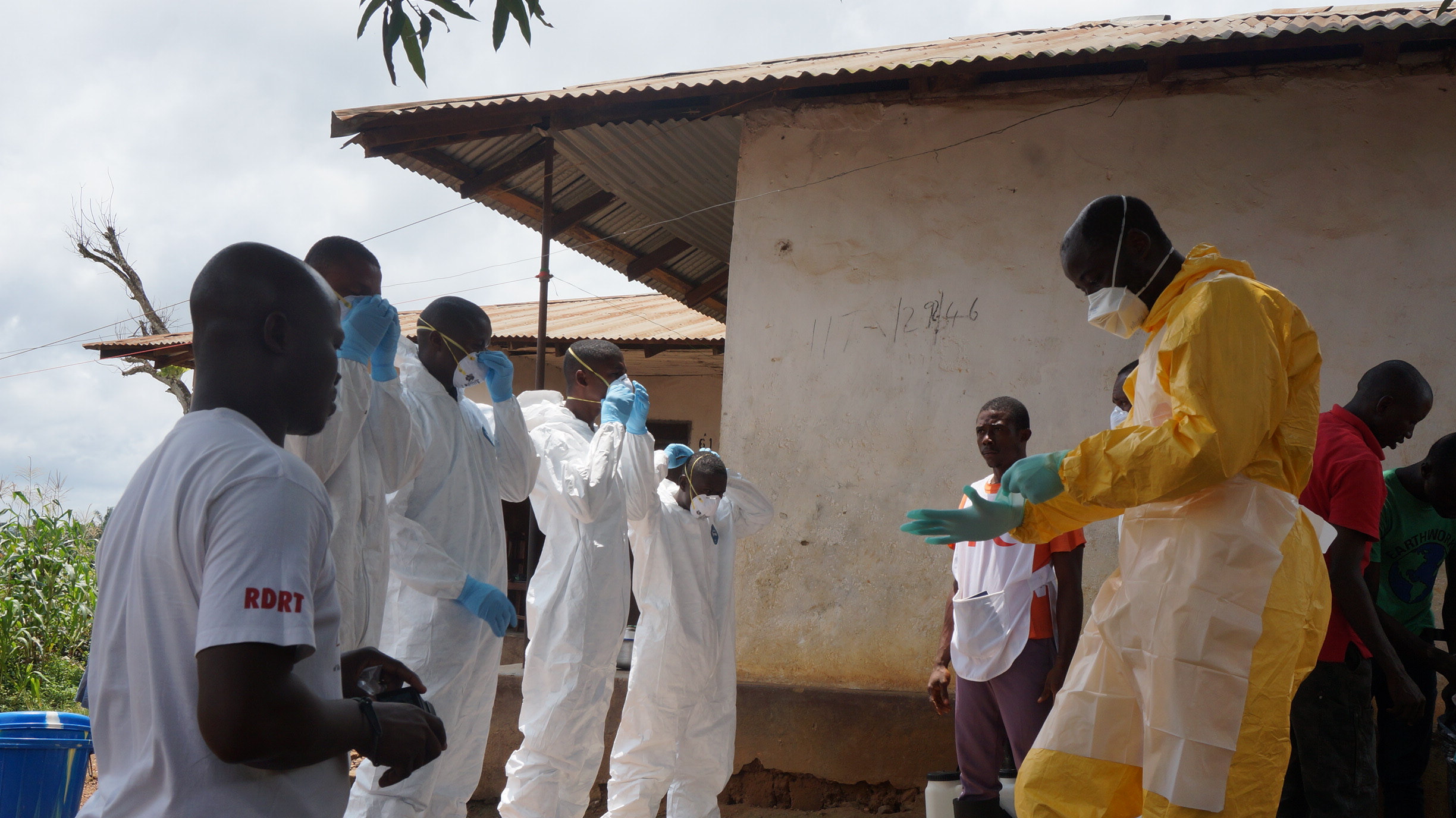In the final part of our interview, Dr. Tomescu delves deeper into NATO’s role in mitigating the global challenges posed by climate change. We discuss how the Alliance can strengthen its public diplomacy, develop its use of new media and technology, and engage younger generations in order to effectively respond to potential threats and ensure geopolitical stability in the future.
GZ: Several lawmakers have called on NATO to increase the frequency of military and political consultations on climate change within the Alliance. What role should NATO play in dealing with climate risks?
OTH: The Alliance has a major role to play in dealing with climate risks. The resolution 427 on Climate Change and International Security adopted last October represents a step forward. The implementation of this resolution by all NATO countries will significantly strengthen the Alliance’s role in dealing with climate risks.
First, many NATO countries possess advanced technological materials, satellite monitoring and mapping technologies. The Alliance must think to increase its technological capacity, and to increase cooperation with other regional and international organizations and with meteorological centres in member states in order to share climate data and improve global early warning systems. There is always room to do more in this field.
Second, the Alliance should continue playing its role in the field of action and provide rescue and support to civilians suffering from disasters and climate-induced catastrophes when needed. These actions can be carried out together with partner nations, humanitarian NGOs as well as with other international organizations, particularly with the EU that is looking to adapt its Common Security and Defence Policy (CSDP) capacities to respond to new types of threats. Cooperation with partners in vulnerable areas, like the Arctic, Middle East, North Africa, Central Asia, are key, and in the long run it could help increase awareness on regional climate risks.
Finally, NATO should continue to strengthen planning for climate risks, review its capabilities, and project further reforms that will allow the Alliance to respond to new types of threats. That means adopting a new and more ambitious vision for the Alliance that goes beyond NATO’s current demanding security challenges and embraces potential future risks posed by climate change that could affect geopolitical stability and ultimately could affect the security of its members. Therefore, NATO members should continue increasing consultations on climate change and examine how the future Alliance doctrine can take such risks and threats into account. The future Strategic Concept should contain both a vision on how to deal with environmental risks, in particular the threats posed by climate change, and a strategy to pursue the debate on green defense and greening the military.
GZ: How can NATO effectively strengthen global security in the face of climate change?
OTH: Well, I have to answer that in my own biased way. I have Eastern European origins and I spent almost half of my life in a Communist country. I have a personal attachment to the North Atlantic Alliance, especially the way in which it has shaped trans-Atlantic security during and after the Cold War remaining resilient to many global changes and learning from several hard cases, like in the former Yugoslavia and Afghanistan.
For all these reasons, I believe that NATO should maintain its position as a prominent international security actor. Going global was one of the Alliance’s ambitions after the end of the Cold War. Dealing with the risks posed by climate change should be part of NATO’s future strategy as a global actor, an actor which possesses a global network and the ability to project power in a timely and accurate way.
First, we need to raise the profile of climate change at NATO Summits and strategic meetings, put climate risks on the NATO political agenda, speak about climate change as a threat multiplier, and underline possible solutions and directions for action to mitigate the risks. International security forums organized by partner international organizations (EU, OSCE, UN, etc.) should be an occasion to raise awareness and strengthen cooperation among partners. NATO’s latest Summit Declaration produced in September 2014 mentions climate change in paragraph 110. This is a step forward but is certainly not enough. We need more political commitments, more guidelines for action and a road map for action to prevent climate risks. The future Strategic Concept should address climate change risks in a more comprehensive way.
Second, NATO member states need to mainstream climate change into their defence and security policies and strategies, intelligence assessments, and, of course, in their White Books as primary guidelines for action; it is already the case for the US Quadrennial Defense Review, UK White Book, Le Livre Blanc etc. Climate change must be seen and understood as a serious threat by the civilian and military part and the development, foreign affairs and defence communities should unite their forces to complement their actions in sensitive areas. This could involve joint working seminars between civilians and the military in preparation for disaster risk management and humanitarian interventions.
Third, NATO should help vulnerable countries strengthen the capacity of their forces. This could be done via joint training exercises or technical and material support, or jointly with partner international and regional organizations.
Fourth, strengthening global security in the face of climate change requires a new set of material resources for the Alliance. We need new strategies, planning and capabilities to be able to map the risks to anticipate and to mitigate. Besides the usual military capabilities that need to be strengthen, NATO’s Supreme Headquarters Allied Powers Europe Centre, for meteorological and geospatial mapping, could improve its capacities acquiring more precise satellites able to efficiently track climate variations. The Alliance could jointly work with the international scientific communities to formulate new policy guidelines for action and to improve its capacities.
Finally, leading by example should be a motto for the future and the Alliance should not miss the momentum to engage in promoting strategic investments in energy efficiency and renewable energy.
GZ: How can the Alliance communicate on its climate change-related activities?
OTH: Communication is power and I think that NATO has fully understood how useful public diplomacy could be if we want to act at the global level as a legitimate actor. Since the end of the Cold War, crucial moments in the Alliance’s post-Cold War existence, new doctrines, operations, enlargement rounds, etc., were preceded by a strong and improved strategy of communication that gradually led to the surfacing of a modern public diplomacy with the aim to influence public opinion and gain support.
The Alliance has constantly used its experiences and lessons learned to adapt, to innovate, and to convince.
What NATO needs to do now is to convince member states and partner countries that it is an important actor in the field of climate change. To do that it needs to deploy a whole range of policies and strategies and communication, including the active use of the new media tools, and to reach a large variety of audiences. The most important audience is the younger generation.
They are also the most difficult to reach. They didn’t live through the Cold War, they barely remember the conflicts in the former Yugoslavia, and many of them portray the Alliance as the “easy drop bomber that leaves behind collateral damages.” But, they are also the future elites and represent the future ecological generation. Engaging with the new generation on an issue of planetary importance such as climate change means increasing NATO’s soft power and its competitive identity as a global security actor. I believe that getting more and more involved in issues related to environmental security represents an opportunity for the Alliance to show off its new face as it was entrusted by the 2010 Strategic Concept: an active engagement and a modern defence able to cope with the 21st century security challenges, among which climate change is certainly one of the most important and difficult to address.
This is part of a four-part interview series with international security expert Dr. Odette Tomescu-Hatto, in conversation with Genevieve Zingg on climate change, COP21, and the Paris Agreement.




